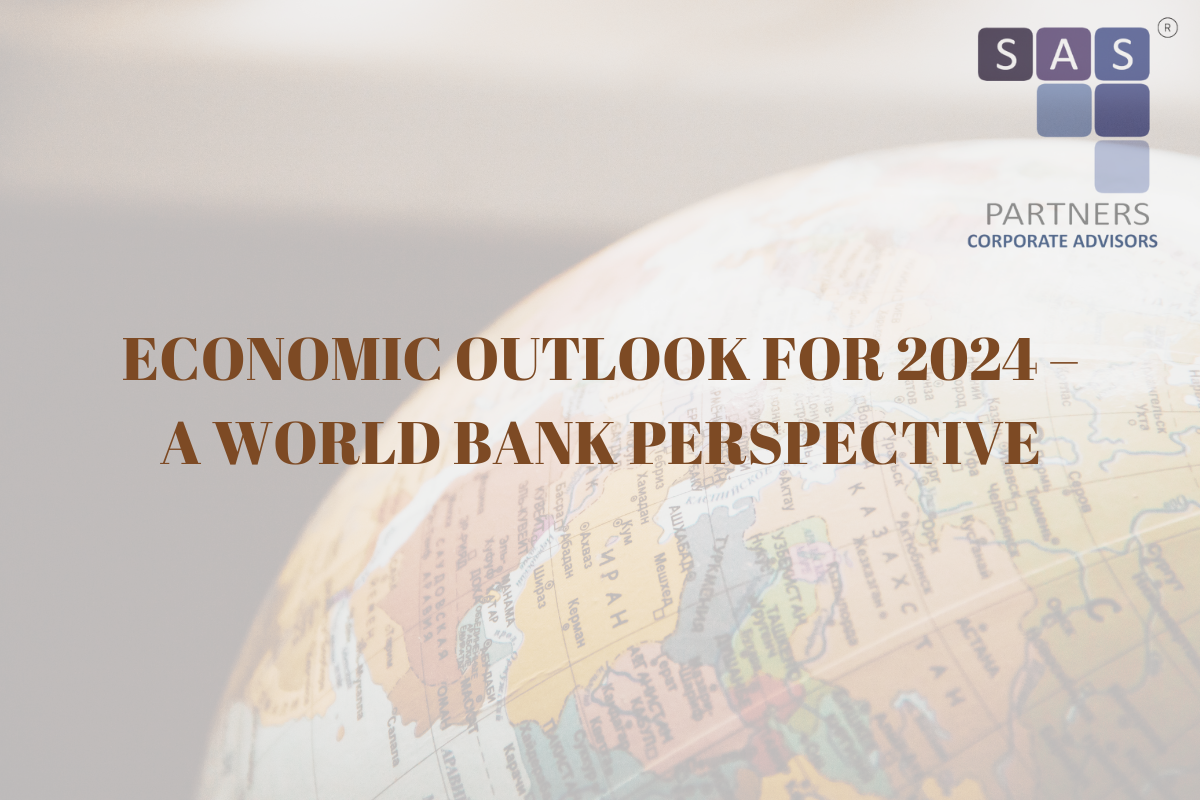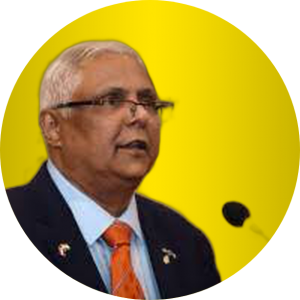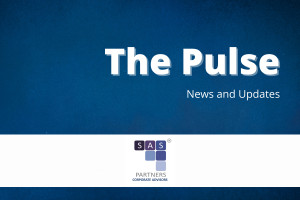
Economic Outlook of 2024 – A World Bank Perspective
Global Outlook
The World Bank has come out with its latest report on Global Economic Prospects in January 2024. Global Economic Prospects is a World Bank Group Flagship Report that examines global economic developments and prospects, with a special focus on emerging markets and developing economies, on a semi-annual basis (in January and June). The report highlights the key issues faced by the world in 2024 and what the coming year will look like from an economic perspective. The report states “Global Economy Set for the Weakest Half-Decade Performance in 30 Years”. Some of the important points made in the report are summarized below:
- The risk of a global recession has receded largely because of the strength of the US economy
- Increasing geopolitical tensions could create fresh threats to global growth
- The medium-term outlook has darkened for many developing economies amid slowing growth in most major economies, sluggish global trade, and the tightest financial conditions in decades
- Global trade growth in 2024 is expected to be only half the average in the decade before the pandemic
- Borrowing costs will remain high for poor countries
- Global growth is expected to slow for a third year in a row from 2.6% in 2023 to 2.4% in 2024
- To boost investment, developing economies need to implement comprehensive policy packages to improve fiscal and monetary frameworks, expand cross-border trade and financial flows, improve the investment climate, and strengthen the quality of institutions
- The recent conflict in the Middle East, coming on top of the Russian Federation’s invasion of Ukraine, has heightened geopolitical risks. Conflict escalation could lead to surging energy prices, with broader implications for global activity and inflation.
- Other risks include financial stress related to elevated real interest rates, persistent inflation, weaker-than-expected growth in China, further trade fragmentation, and climate change-related disasters
- Growth rates in advanced economies as a whole and China are projected to slow in 2024 to well below their 2010-19 average paces.
- Although growth is forecast to firm slightly in many EMDEs, it will remain below pre-pandemic average rates in countries with weak credit ratings.
- Global inflation is projected to continue receding only gradually, as demand softens. Advanced-economy monetary policies are expected to remain tight—including in the United States, following the largest and fastest increase in real policy rates since the early 1980s
- After lagging the pace of global growth in 2023, global trade is projected to pick up to 2.3% in 2024, mirroring projected growth in global output
- Goods trade is envisaged to start expanding again, while the contribution of services to total trade growth is expected to decrease
- In 2024-25, global inflation is expected to decline further, underpinned by the projected weakness in global demand growth and slightly lower commodity prices.
- Global headline inflation, on a year-on-year basis, is forecast to recede to 3.7% in 2024 and 3.4% in 2025
- In 2024, U.S. growth is expected to slow to 1.6%, with high real interest rates restraining activity.
- A further weakening in consumption growth is projected, amid diminished savings, still-elevated borrowing rates, and easing labour market tightness
- In the Euro area, growth slowed sharply in 2023, to an estimated 0.4%, as high energy prices—largely related to Russia’s invasion of Ukraine—weighed on household spending and firms’ activity, particularly in manufacturing.
- Growth in 2024 in the EU area is forecast at 0.7%.
- In Japan, growth bounced back to an estimated 1.8% in 2023, driven by post-pandemic pent-up demand and a rebound in auto exports and inbound tourism
Growth in China picked up to an estimated 5.2% in 2023. In 2024, growth is forecast to slow to 4.5% —the slowest expansion in over three decades outside the pandemic-affected years of 2020 and 2022. Growth is expected to edge down further in 2025, to 4.3%, amid the continuing slowdown of potential growth.
India & South Asia
- Growth in South Asia (SAR) is estimated to have slowed slightly to 5.7% in 2023, yet it remains the fastest among emerging market and developing economy regions. This is largely attributed to a robust expansion in India, which accounted for more than three-fourths of the regional output in 2023. Excluding India, however, activity was more subdued
- Growth in SAR is expected to edge slightly lower to a still-robust 5.6% pace in 2024, before firming to 5.9% next year. Domestic demand, including public consumption and investment, will remain major drivers of economic growth. A pickup in external demand, albeit still subdued, is also expected to contribute to growth.
- In India, despite some slowing, a strong performance in 2023 was driven by robust public investment growth and vibrant services activity. Merchandise exports slowed due to weak external demand, but domestic demand for consumer services and exports of business services sustained India’s economic growth
- In India, growth is expected to rise to 6.4% in FY2024/ 25 (April 2024 to March 2025) after softening to 6.3% in FY2023/24. Investment is envisaged to decelerate marginally but remain robust, supported by higher public investment and improved corporate balance sheets
- India will remain the fastest-growing economy (in terms of both aggregate and per capita GDP) of the largest emerging markets and developing economies (EMDEs)
Pain Points for India
- India’s retail inflation is rising, though marginally. The latest figures show that retail inflation in India has risen to a four-month high of 5.69% in December compared to 5.55% in November 2024.
- India’s forex reserves dropped $ 5.9 billion during the first week of January 2024 to $ 617.30 billion
- India’s industrial production growth has dropped to 2.4% in November 2023 compared to a growth of 11.7% in October 2023
- The latest statement from RBI showed net FDI inflows fell to $4.8 billion in the first half of the fiscal year (April to September last year), compared with $19.6 billion in the same period a year earlier
- Manufacturing exports will continue to struggle due to low growth in China
- India’s farm growth, for instance, is pegged at 1.8% by the advance estimates, down from 4% in 2022-23. This will affect the rural economy.
The overall outlook for the global economy is better than last year but still not very positive. Growth will be slow and affected by geopolitical events. India continues to remain a bright spot but is slowed down by low growth in China and other EMDEs. India’s strong relationship with the USA will give a boost to the Indian economy and the US economy is very strong and doing very well. Indian companies, especially in the manufacturing sector, need to focus more on exporting to the USA rather than their traditional markets in South East Asia, the Middle East and China.
About the Author
 |
VIJAY KUMAR VADDADI, India Entry & International Affairs
Mr. Vijay Kumar is an Industrial Economist with 35+ years of experience in Economic Analysis, Trade & Investment Promotion, International Business Strategy & Cross-Cultural Impact. A Post-Graduate in Economics with specialization in Industrial Economics and Economics of Transportation, Public Utilities & Social Infrastructure from the University of Bombay (1982). In 1984, he joined the Consulate General of the Netherlands in Mumbai as an Economic & Commercial Officer and continued his association with the Netherlands Government (NBSO) for over 30 years. At SAS Partners, he heads the Trade and Investment Promotion activities, supports organising programmes for international business delegations, curates knowledge reports, and market studies and also helps our international clients understand the Indian business landscape better. More articles authored by him can be accessed here. |


